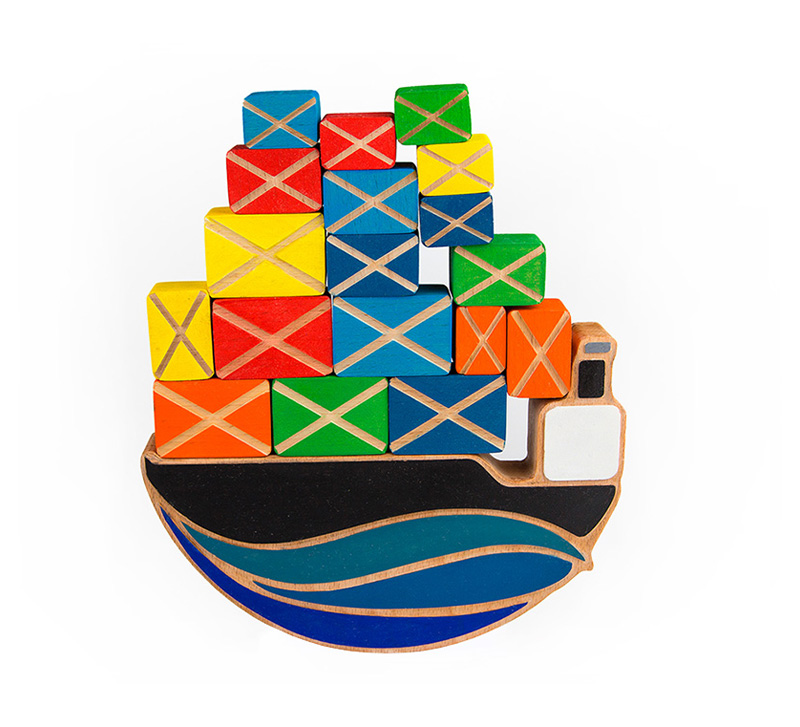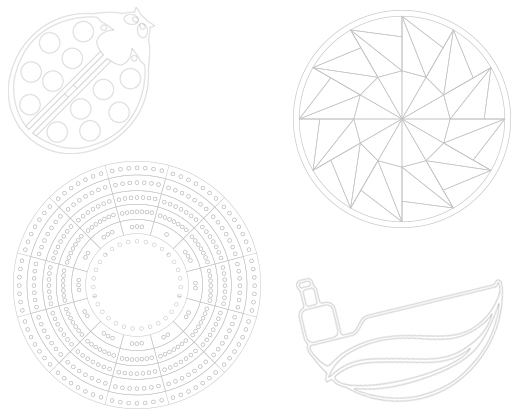Design
Design
Design
FIZZ IDEAS is a design project. We seek to make original creations that are functional, respond to the principles of “design for all” and adapt to the principles of the “slow” or “slow life” philosophy.
From a formal and graphic point of view, the design line present in all our products is based on the synthesis of known shapes and objects (Balance Boat), the use of basic geometric shapes (Memory, Geoboard, Mandala, Calendar) and the predominance of the organic line.
Colour is another fundamental element in this project. The choice of colours goes through the exhaustive study of widely documented theories of colour. We use resources such as the appearance of primary and secondary colours, or Goethe’s chromatic circle which, among other concepts, associates colour with emotions.
A formal unity is sought in both products and packaging. Thus, we can see for example how all the corners present in the container boxes have been rounded and present graphic applications with similar techniques.
Why wood?
The material chosen for the elaboration of our products is always wood and its derivatives. Its warmth, its sustainable nature and its easy handling make this resource the protagonist of all the development and design ideas that arise in the FIZZ IDEAS workshop.


Slow Toys Movement
It was not until we had the project underway and our philosophy well defined that we got to know this international movement. To our surprise, they meet most of the principles, one after another, that we had proposed to follow in the development of our project. Moreover, if it weren’t for the fact that its creator, Thierry Bourret, had established it in 2011, we would think that this was a case of industrial espionage 😉
This movement defends the creation of “slow toys” and its conceptual bases are the following:
- They should ignite the imagination, inspire creativity, and give children the freedom to develop at their own pace.
- They should not require batteries.
- They should not be made purely of plastic.
- They must withstand the passage of time, both due to the quality of the materials, as well as their design and their adaptation to the different stages of growth.
- They must have playful value in themselves.
- They must respect the environment to a great extent.
- There must be a good quality-price ratio.
- They must be manufactured with guarantee and quality.

